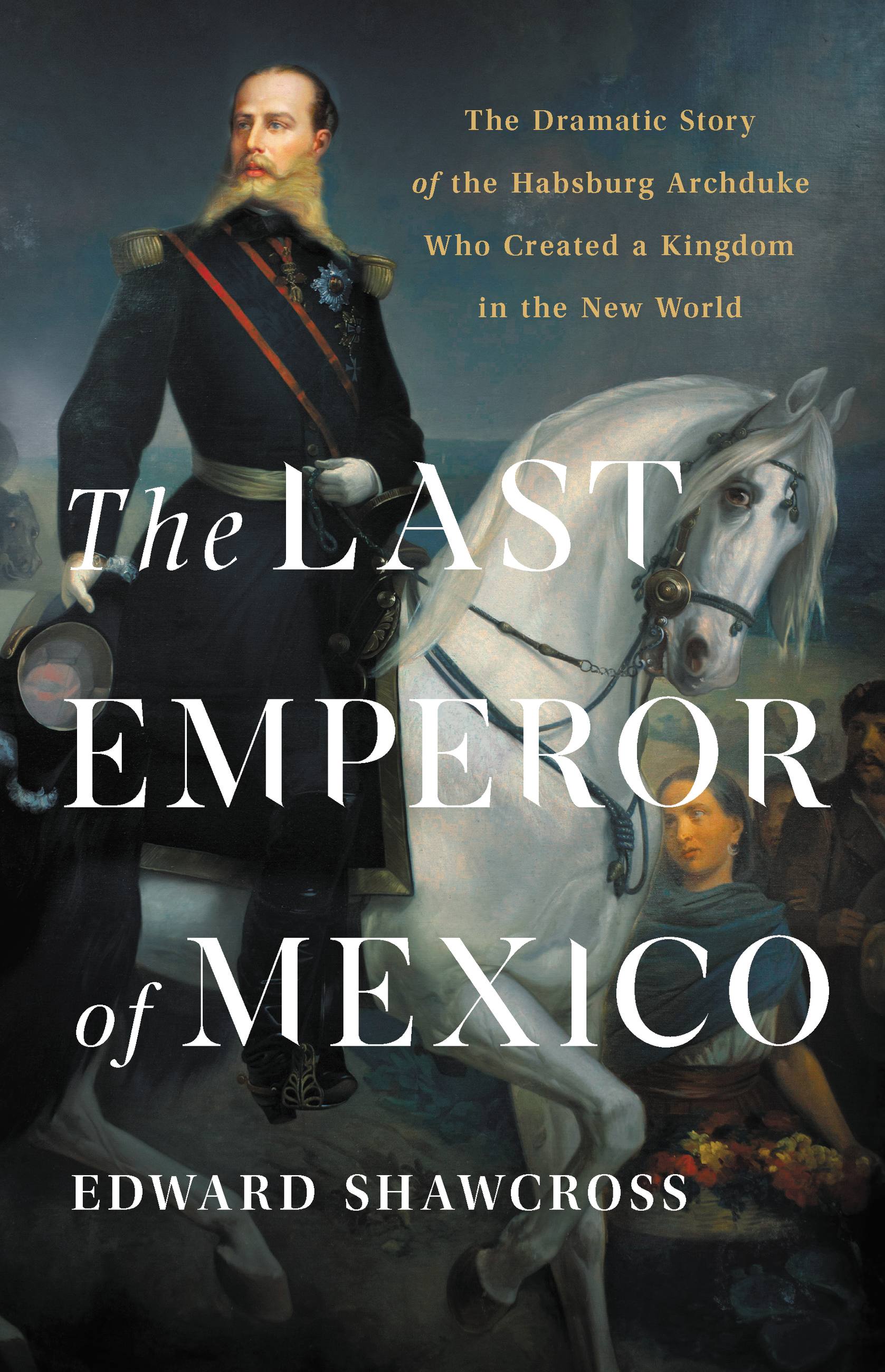

Equally tragic was the fate of his young, brilliant wife, Carlota, who, after futilely pleading with the French emperor and Pope Pius IX for renewed support for her husband’s beleaguered kingdom, lost her sanity. In The Execution of Maximilian, the French painter Édouard Manet captured the proud stoicism of the defeated, abandoned Habsburg prince. Washington backed the uncompromising secular reformer Benito Juárez, who swept aside Maximilian’s forces and ordered the archduke’s execution by firing squad.

After the end of the American Civil War, the United States reasserted the Monroe Doctrine, which sought to prevent further European colonization in the Western Hemisphere, and demanded that the French government withdraw from Mexico. Maximilian tried but failed to reconcile these opposing forces. Ultraconservative Mexican exiles championed him as an autocratic ruler to combat rising republican liberalism. Napoleon III, the French emperor, installed Maximilian in Mexico to challenge the growing power of the United States.

In Shawcross’s persuasive retelling, Maximilian was a well-intentioned, if flawed, Enlightenment ruler buffeted by the great forces of the mid-nineteenth century. The Last Emperor of Mexico a superb account of a doomed escapade Edward Shawcross’s entertaining history explores one of the most reckless political and military adventures of the 19th. Maximilian is often portrayed as a vainglorious buffoon, a quixotic old-school European aristocrat egged on by an ambitious wife. The Last Emperor of Mexico: The Dramatic Story of the Habsburg Archduke Who Created a Kingdom in the New World: 9781541674196: Shawcross, Edward: Books. Shawcross deftly reexamines the tragicomic rule of the Austrian archduke Ferdinand Maximilian, the Habsburg prince whom France briefly imposed on Mexico in the 1860s.


 0 kommentar(er)
0 kommentar(er)
